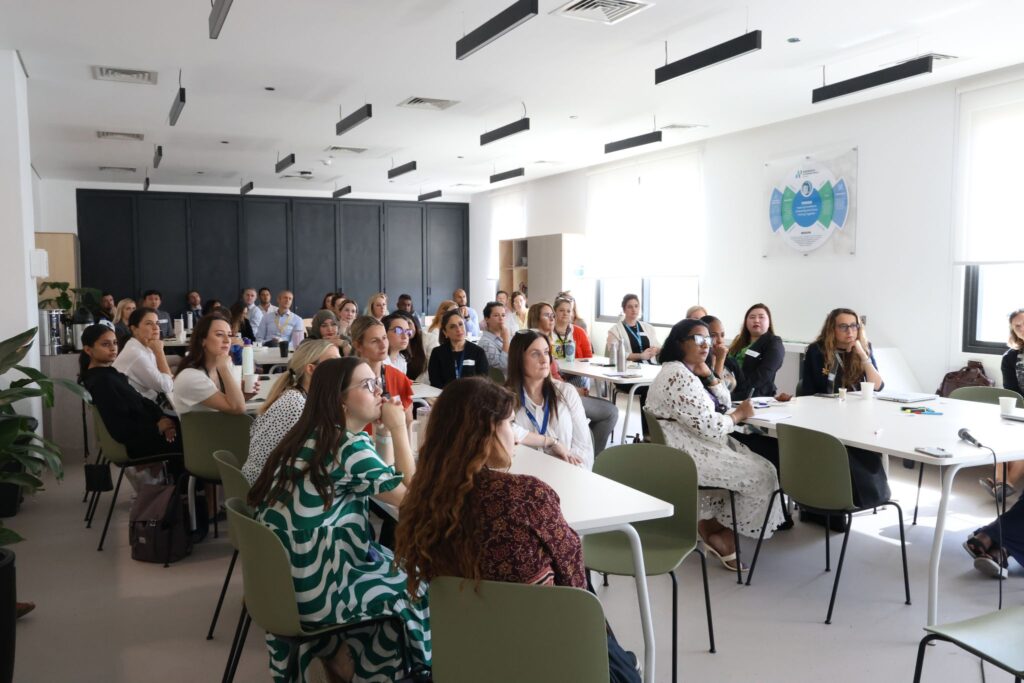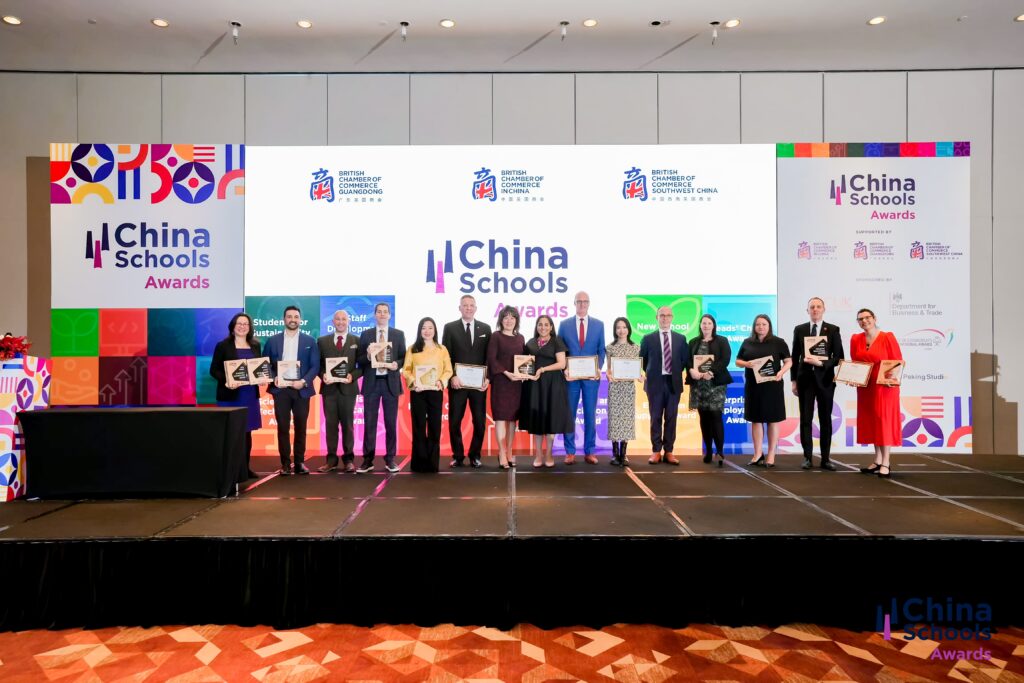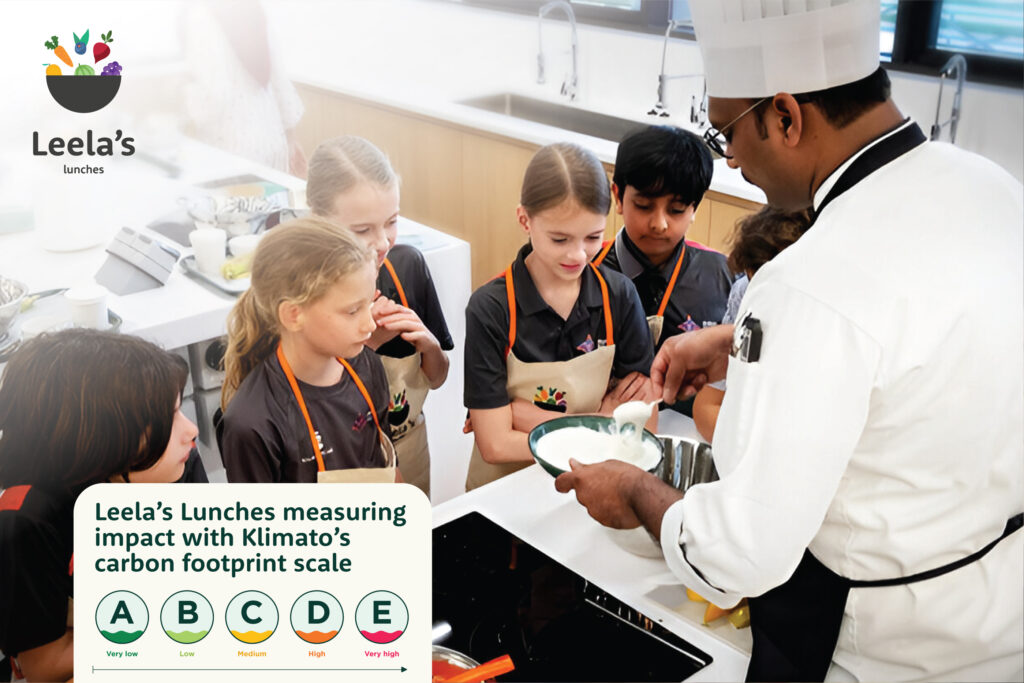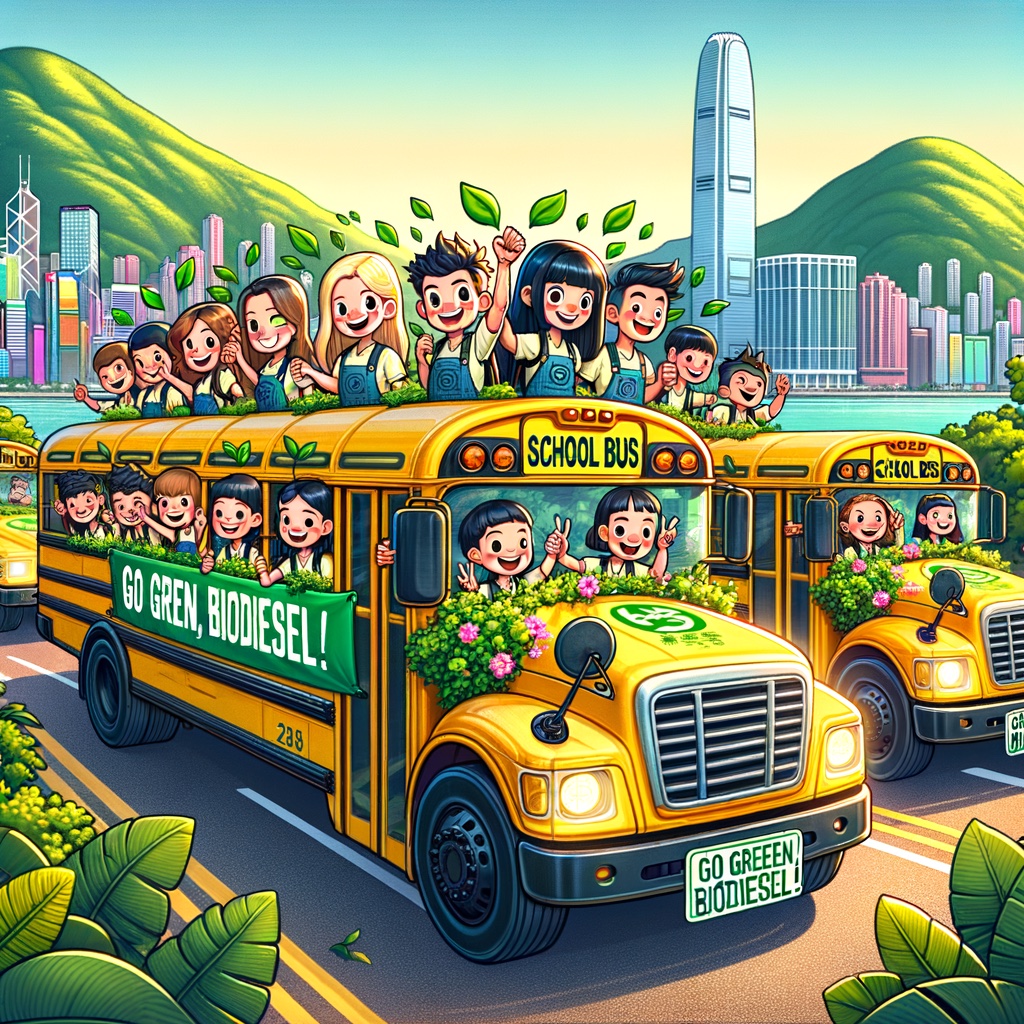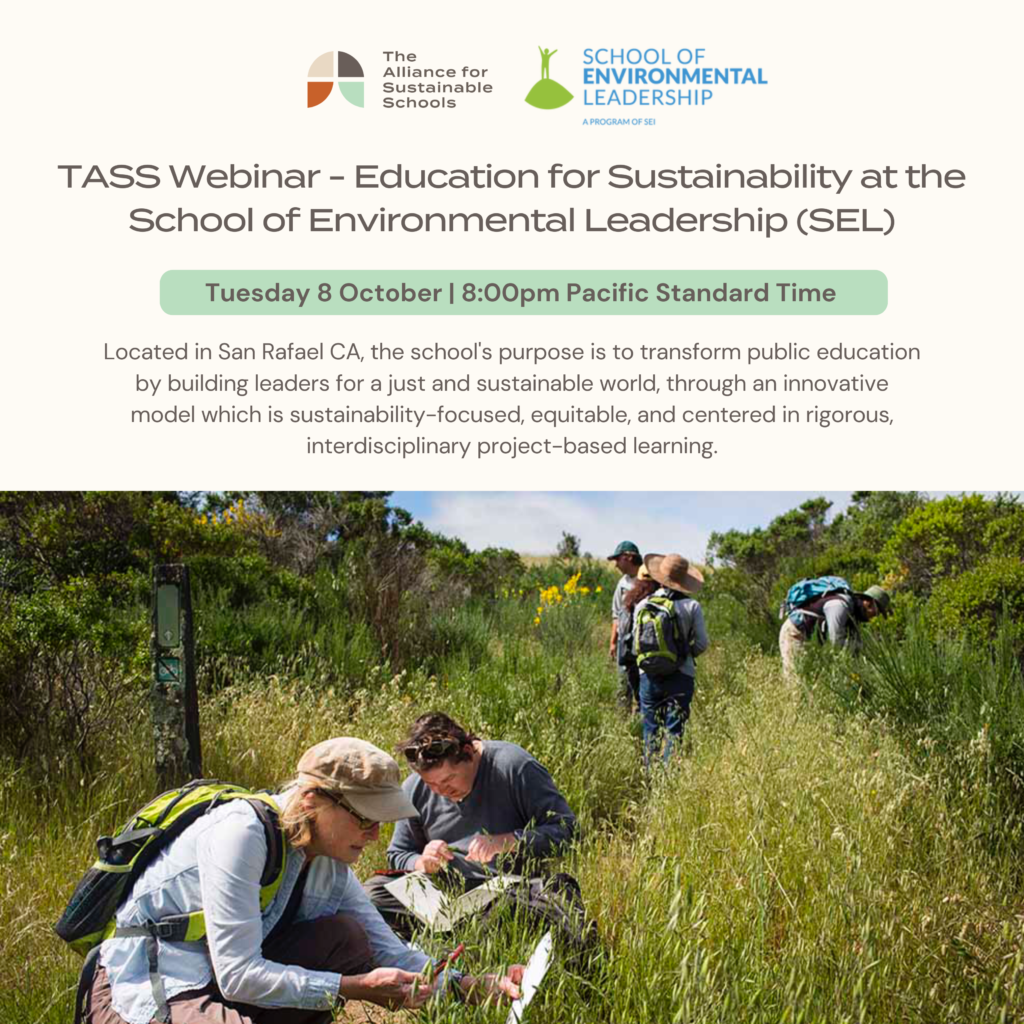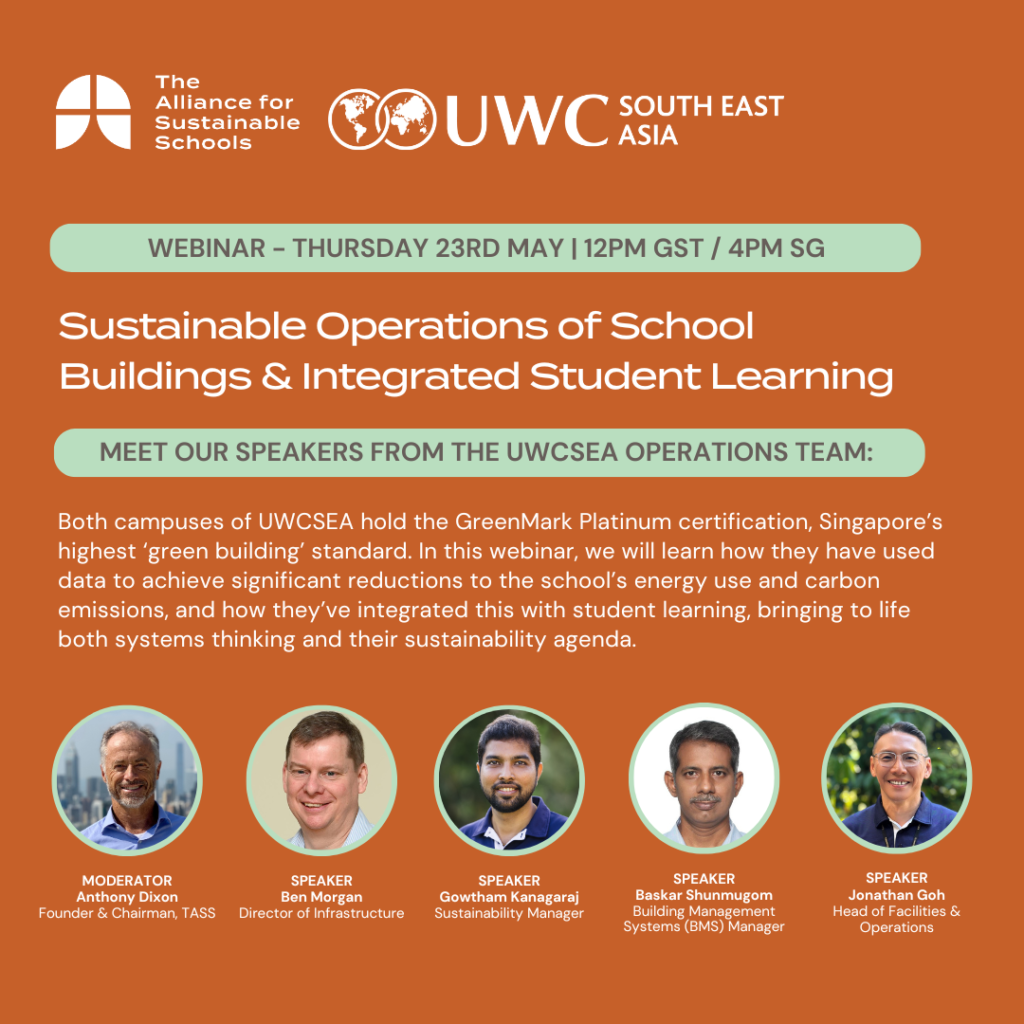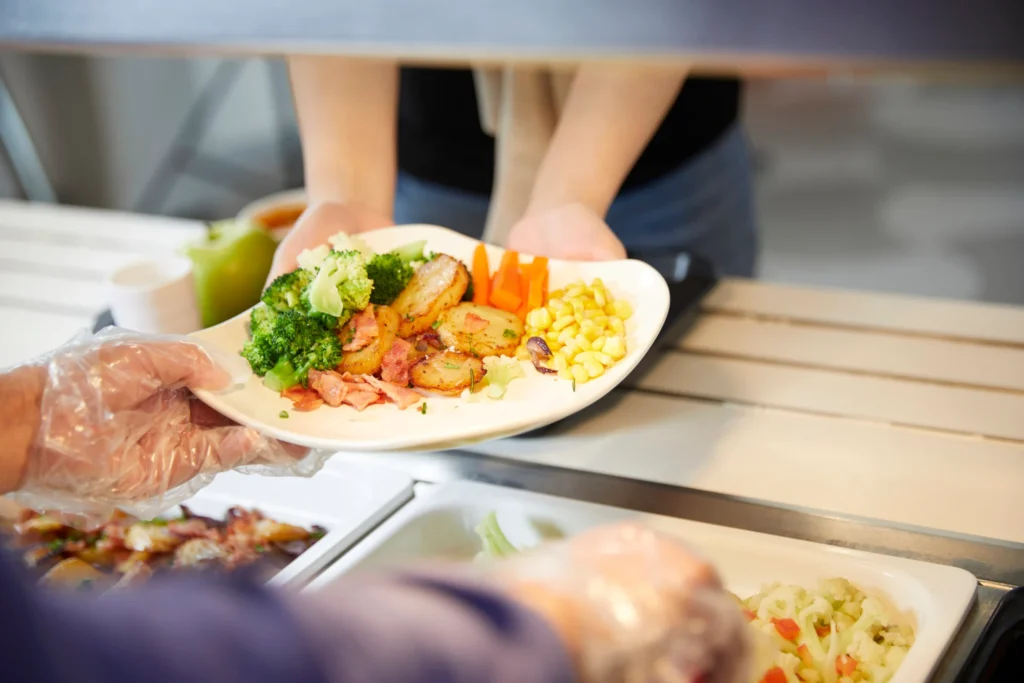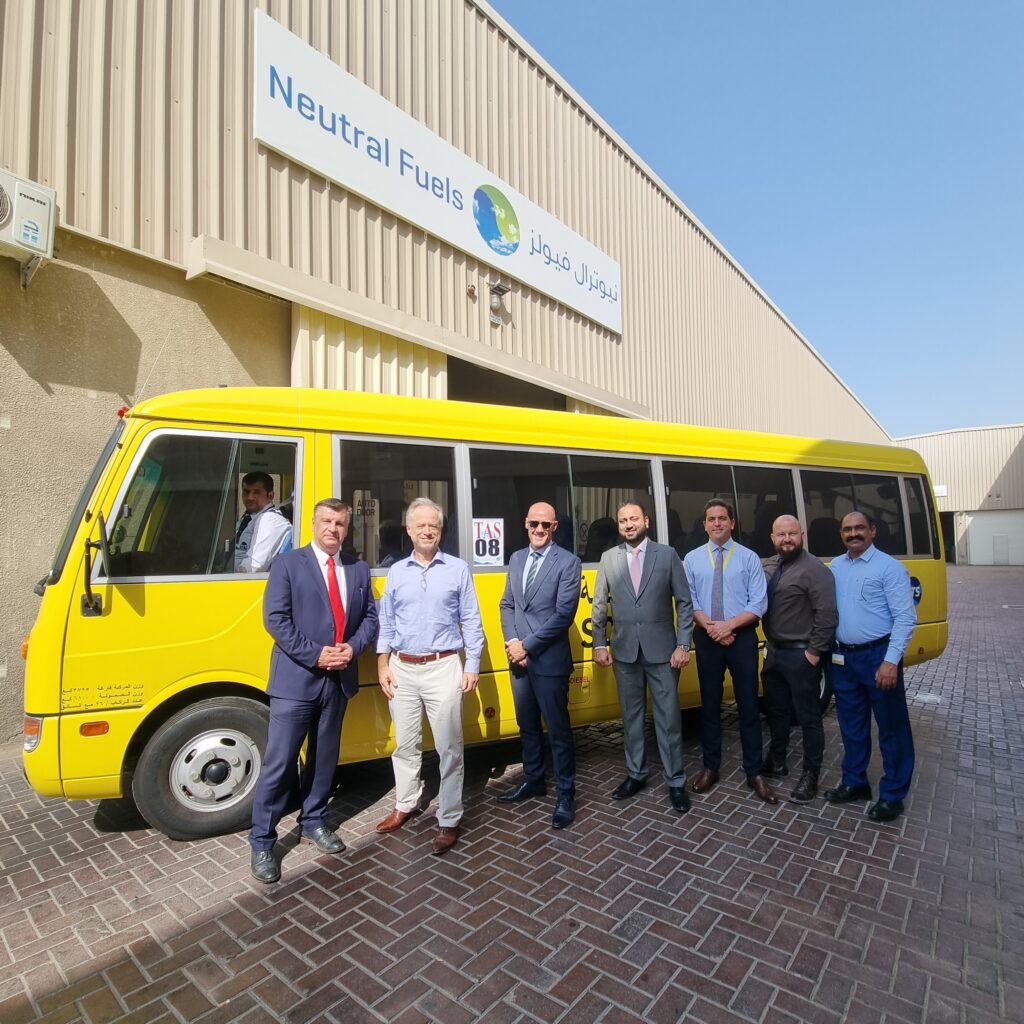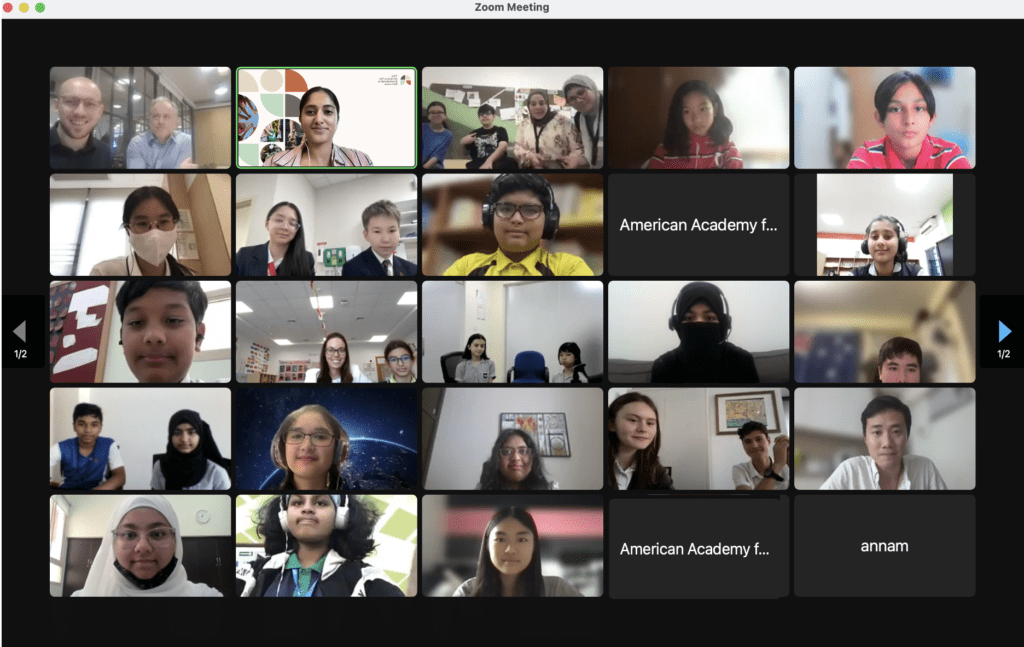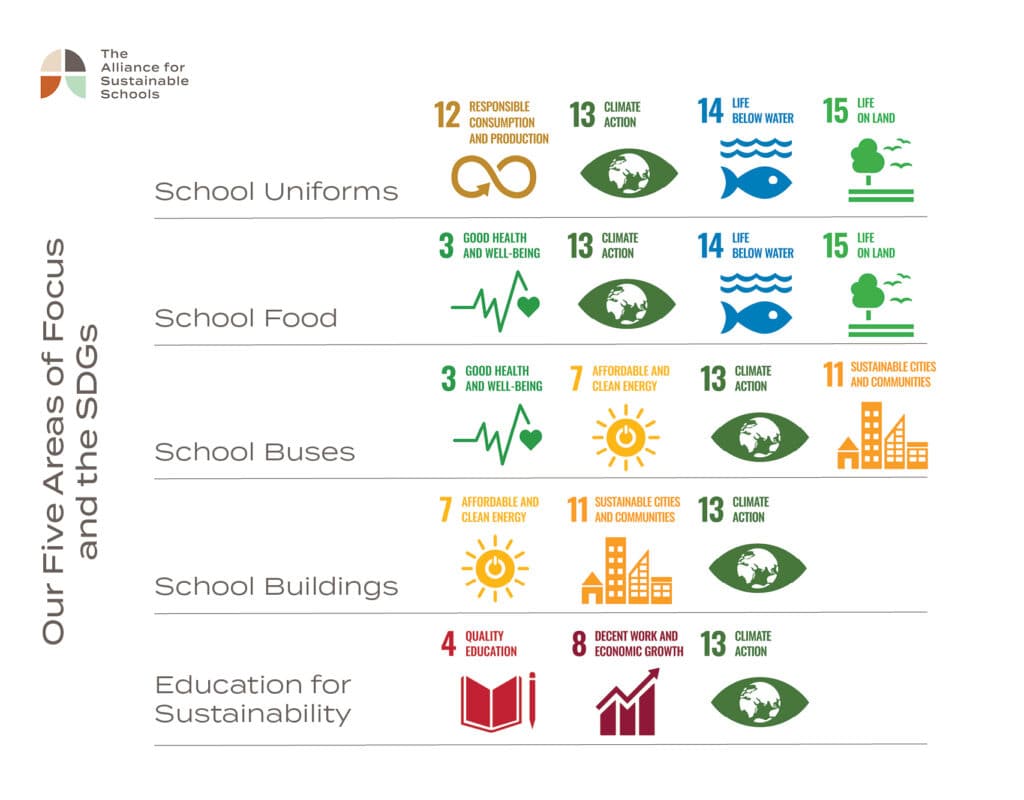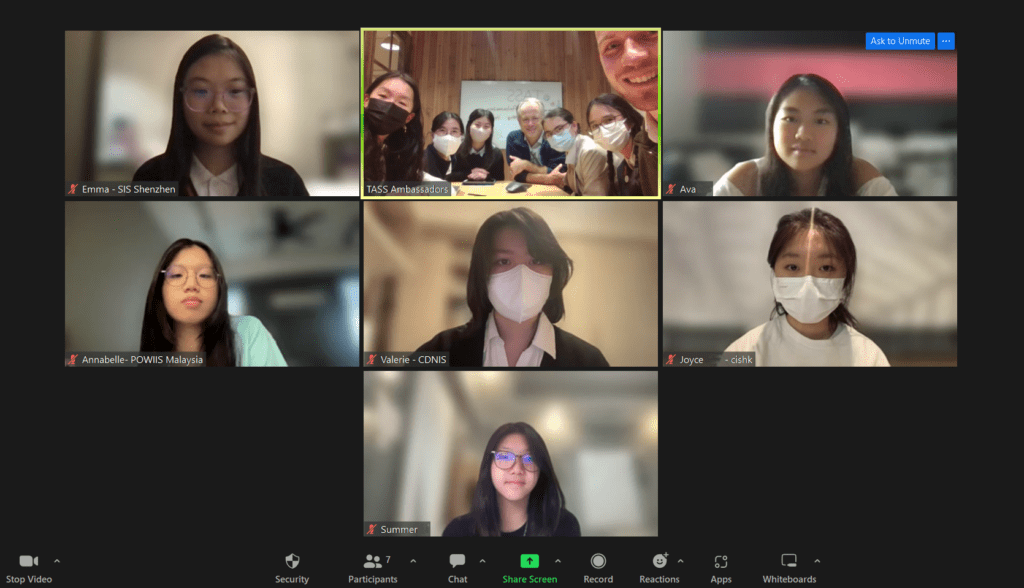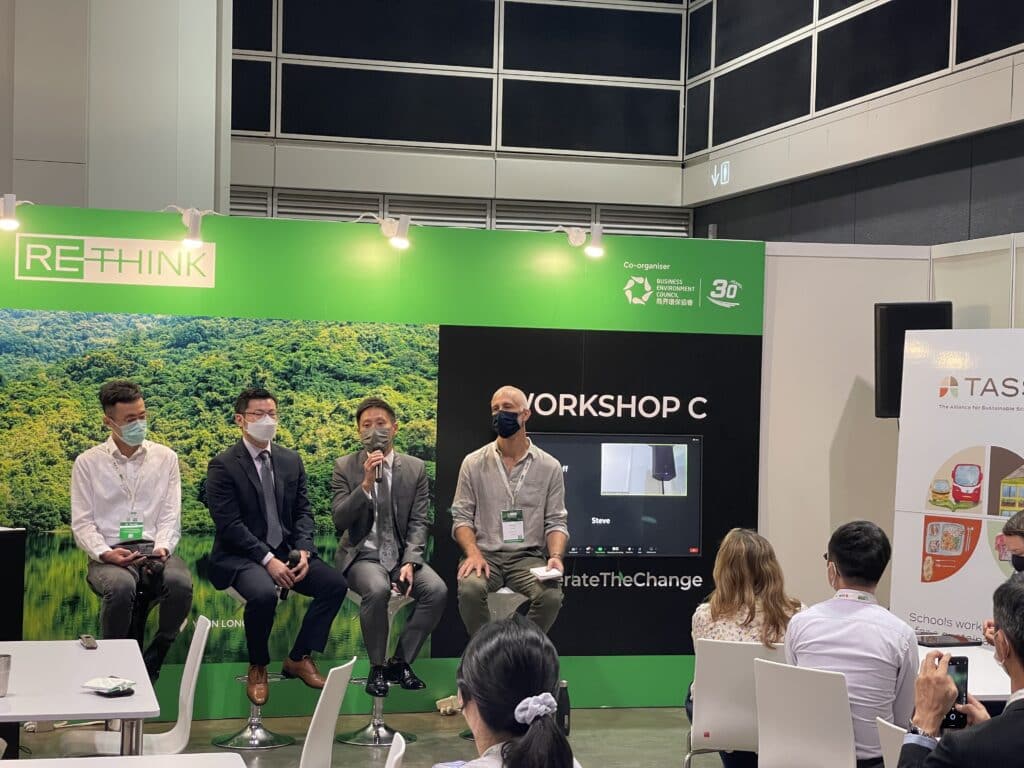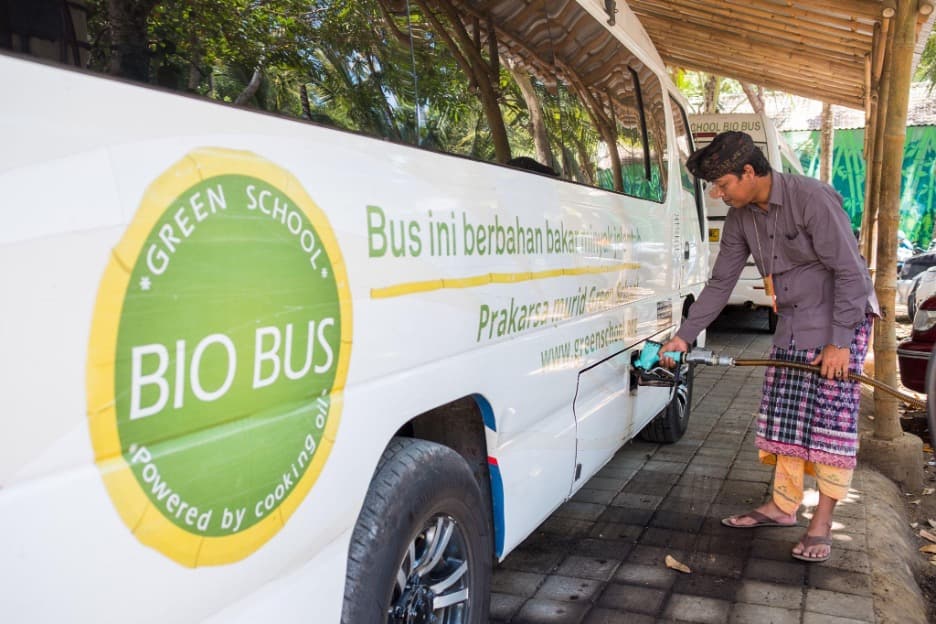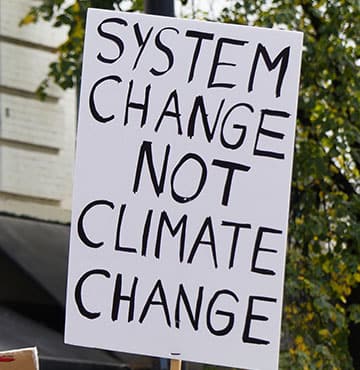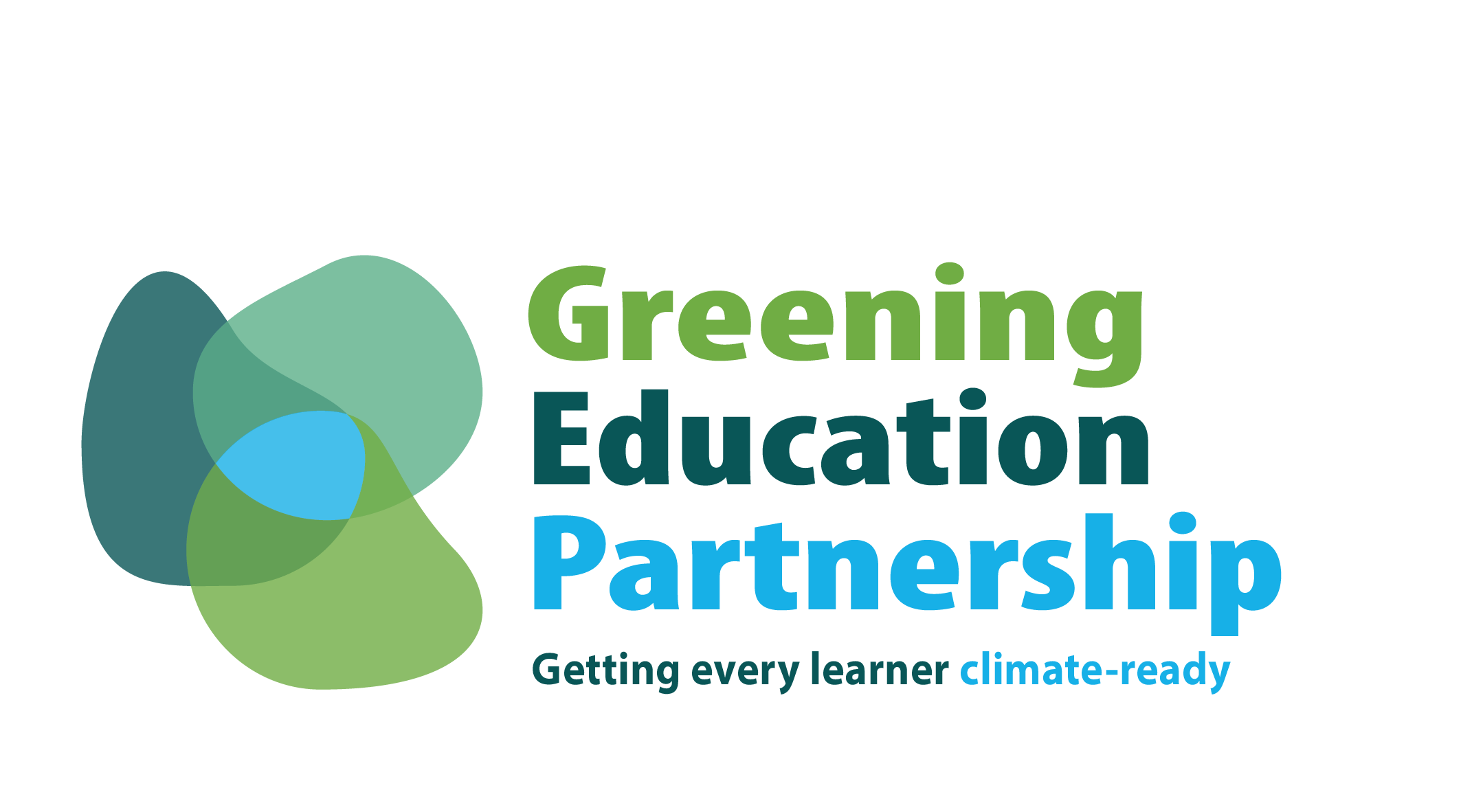The Alliance for Sustainable Schools Alliance (TASS) is pleased to announce our partnership with Retykle in a pilot project that aims to address the issue of school uniform waste: pre-loved uniforms are now available for sale on Retykle’s online platform.
The pilot kicked off this month with ISF Academy and Kellet School uniforms and will run until June. If successful, we will expand the pilot to other schools next year.
As parents, we are all too familiar with the flurry of preparation that accompanies the start of each new academic year. The search for needed uniform items is a big part of it. Maybe Katie’s old skort’s worn out, Jade outgrew her shirt over the summer, Raj moved to a different school, or Ben’s starting upper school and the uniform is different. Or – worse still, from a waste perspective – perhaps the entire school uniform has been redesigned, rendering tens of thousands of items of the old school uniform obsolete, including all the items in our closet.
Its little wonder school uniform waste is such a significant problem.
Think about it. Hong Kong is home to over 1,000 primary and secondary schools, most of which require students to wear a uniform. The uniform usually consists of six or more different items of clothing and most families own at least two sets. Metanoia, a consulting firm specialising in sustainable schools, conservatively estimates that as many as 10-12 million school uniform items reach the end of their first life in Hong Kong every year.
Because of the high turnover of new uniform items, school uniforms are, in effect, a kind of mandated fast fashion. But unlike fast fashion, as parents, our options to buy less or buy better are limited.
Customers of Retkyle and those of us following COP26, don’t need reminding about the fashion industry’s environmental footprint: 8-10% of global CO2 emissions, approximately 20% of industrial water pollution, around 35% of microplastic pollution in the ocean, and more than 92 million metric tons of textile waste that is incinerated or sent to landfills every year.[1]
Retykle’s collaboration with TASS, Kellett and ISF is an attempt to find a new approach to a small piece of this big picture.
The traditional approach to second-hand school uniforms
All schools, of course, recognise the problem of uniform waste and do their best to manage it through second-hand uniform sales run by students or hard-working members of the Parent Teachers Association. Many of us have first-hand experience of what this entails – hundreds of hours of volunteer time to sort through old uniforms that have been handed back for recycling in preparation for the pop-up sales that are held on campus a few times a year.
Conscientious parents come to campus on these occasions in search of the items they need, but may or may not find them. Unsold items go back into storage until the next sale, and may end up being donated to charity, if not eventually sold.
This scenario is replicated in more or less the same way at every school in Hong Kong and the region.
A better way?
Second-hand school uniforms are a natural fit for Retykle – most of their customers are parents with school-age children living in Hong Kong and big fans of their existing pre-loved clothing line.
By centralising the sales of pre-loved school uniforms and moving part of the process online, we believe there are some economies of scale that will result in better environmental outcomes.
- First, Retkyle’s online platform offers a super convenient way for parents to shop for second-hand school uniform items 24/7. At last, there’s a searchable inventory of uniform items with information about style, size and condition. And a door-to-door delivery option which is free for orders above $400.
- Second, for some uniform items (especially those without logos), making them available on the Retykle platform will increase demand, extending the life of those items by keeping them in circulation for longer.
Take a plain white shirt, for example, or khaki pants – items that are common elements of many school uniforms. Under the current system, they would only be offered for resale to a few hundred other families within a single school community. But if the items don’t have a logo, they could equally well be worn by students from many other schools. Retykle’s platform increases the market for these items by a factor of a hundred or more.
- Third, if this pilot is successful and the program takes off next year at scale, it will streamline the existing second-hand school uniform operations at schools everywhere, and free up many hours of valuable time for the parents and students who run them.
Other systemic challenges
Of course, the issue of school uniform waste is a complex one with many other facets that this pilot doesn’t address. For example, the practise of embroidering logos on uniform items renders them very difficult to recycle and limits their saleability in the second-hand market to just a single school. Another issue is that second-hand sales conflict with the commercial interests of the uniform suppliers, and in some cases, even the PTA themselves, who may receive a commission from suppliers on new uniform sales transacted at the on-campus uniform shop. And the really big issue is the sustainability of the fabric and the supply chain, something most schools (and their uniform suppliers) know little about.
TASS is taking a collaborative approach to issues like these, by working with the right partners to pilot alternatives with the potential to catalyse systems-level transformations that are win-wins for schools, business and the environment in the long term.
Conclusion
In the near term, too, we believe this pilot has the potential to have a meaningful impact and we look forward to your feedback and support. Our children love to see that we’re making sustainable purchasing choices.
[1] Kirsi Niinimäki, Greg Peters, Helena Dahlbo, Patsy Perry, Timo Rissanen, and Alison Gwilt. “The Environmental Price of Fast Fashion.” Nature Reviews Earth and Environment 1 (2020): 189-200. https:// www. nature.com/articles/s43017-020-0039-9.



